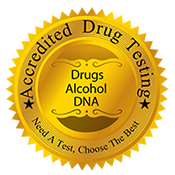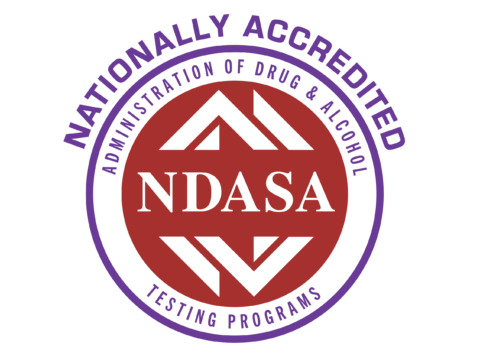Understanding MVR Reports: What They Are, Their Uses, and DOT Employer Requirements
When hiring and managing commercial drivers, ensuring safety and regulatory compliance is a top priority for employers, especially those governed by the U.S. Department of Transportation (DOT). One of the most important tools in this process is the Motor Vehicle Record (MVR) report. This document offers vital insights into a driver’s history and plays a key role in both pre-employment screening and ongoing compliance.
What Is an MVR Report?
An MVR report is an official record from a state’s Department of Motor Vehicles (DMV) that details a driver’s license status, endorsements, restrictions, and any violations or convictions related to driving. This includes traffic infractions, DUI charges, license suspensions, and accident history. The report is tied to the driver's license and varies slightly from state to state in terms of format and depth.
Information Typically Included in an MVR:
- Driver's license number, class, and expiration date
- Issuing state
- Driving status (valid, suspended, revoked)
- Traffic violations and citations
- Accident history
- DUI or DWI convictions
- License suspensions or revocations
- CDL endorsements and restrictions (for commercial drivers)
What Are MVRs Used For?
MVRs are essential for various industries and scenarios, including:
1. Pre-Employment Screening-Employers, particularly in transportation, logistics, and delivery services, use MVRs to assess a candidate's driving history and suitability for positions requiring vehicle operation.
2. Insurance Risk Assessment- Insurance providers review MVRs to calculate premiums. A clean driving record often leads to lower insurance costs, while a poor record can increase risk and costs.
3. Compliance with Safety Regulations- companies regulated by the DOT and the **Federal Motor Carrier Safety Administration (FMCSA)**, MVRs are critical in meeting safety standards and avoiding fines or legal issues.
4. Ongoing Driver Monitoring- Many employers conduct annual or periodic MVR checks to ensure their drivers remain compliant with legal and safety requirements.
DOT Requirements for MVR Reports
DOT-regulated employers have specific responsibilities when it comes to MVRs, especially for drivers who operate commercial motor vehicles (CMVs). These requirements are largely governed by the **FMCSA**, under **49 CFR Part 391**.
Key Requirements:
1. Initial MVR Review (Pre-Employment)- Employers must obtain and review an MVR **from each state** where the driver has held a license during the past **three years**.
- This must be done **before** the driver performs any safety-sensitive functions.
- The employer must verify that the driver meets the minimum driving qualifications set by the FMCSA.
2. Annual MVR Review- Employers are required to request an updated MVR for **each driver annually
- A designated individual must review the report to determine whether the driver still meets FMCSA standards.
- The employer must document the review, and the record must be retained in the driver’s qualification file.
3. Driver Qualification Files (DQFs)- Employers must maintain a **DQF** for each CMV driver, which includes:
- A copy of each annual MVR
- A signed annual review of the driving record
- Certification of violations (driver must submit a list of all motor vehicle violations each year)
4. Record Retention- MVRs and related documentation must be kept in the DQF for a **minimum of three years**.
Additional Considerations:
- MVR checks must comply with the **Fair Credit Reporting Act (FCRA)** when conducted through third-party vendors.
- Employers must obtain **written consent** from drivers before requesting MVRs through these services.
Conclusion
MVR reports are more than just summaries of driving records—they’re critical compliance tools for DOT-regulated employers. By carefully reviewing and maintaining MVRs, companies can protect their operations, ensure driver safety, and stay aligned with federal regulations. Failing to follow these requirements can result in serious consequences, including fines, increased liability, or disqualification of drivers.
For employers in the transportation industry, integrating regular MVR checks into their safety programs isn’t just a best practice—it’s the law.

